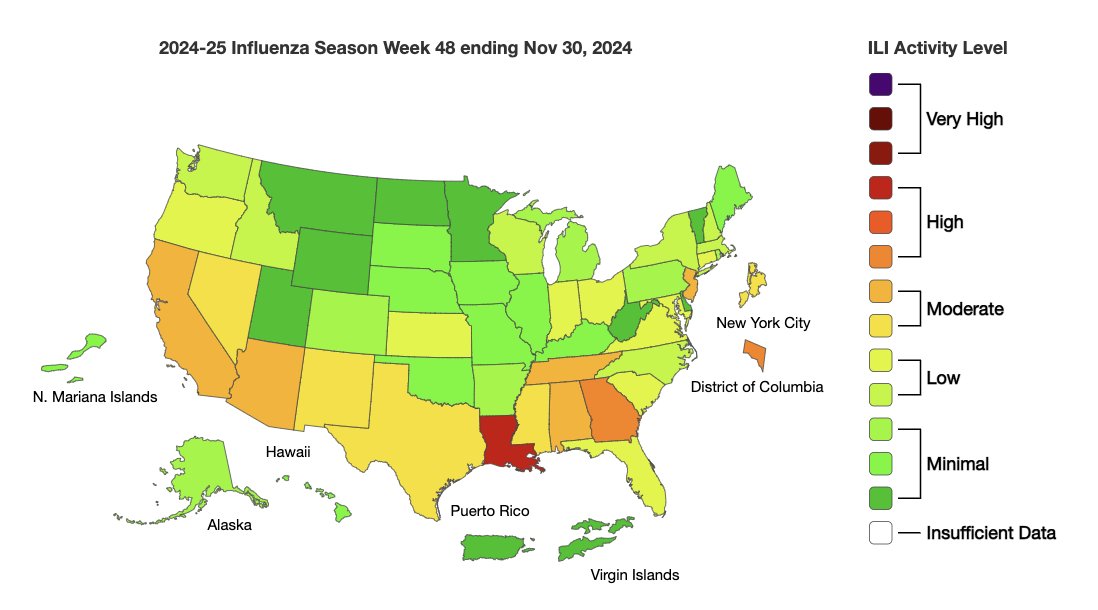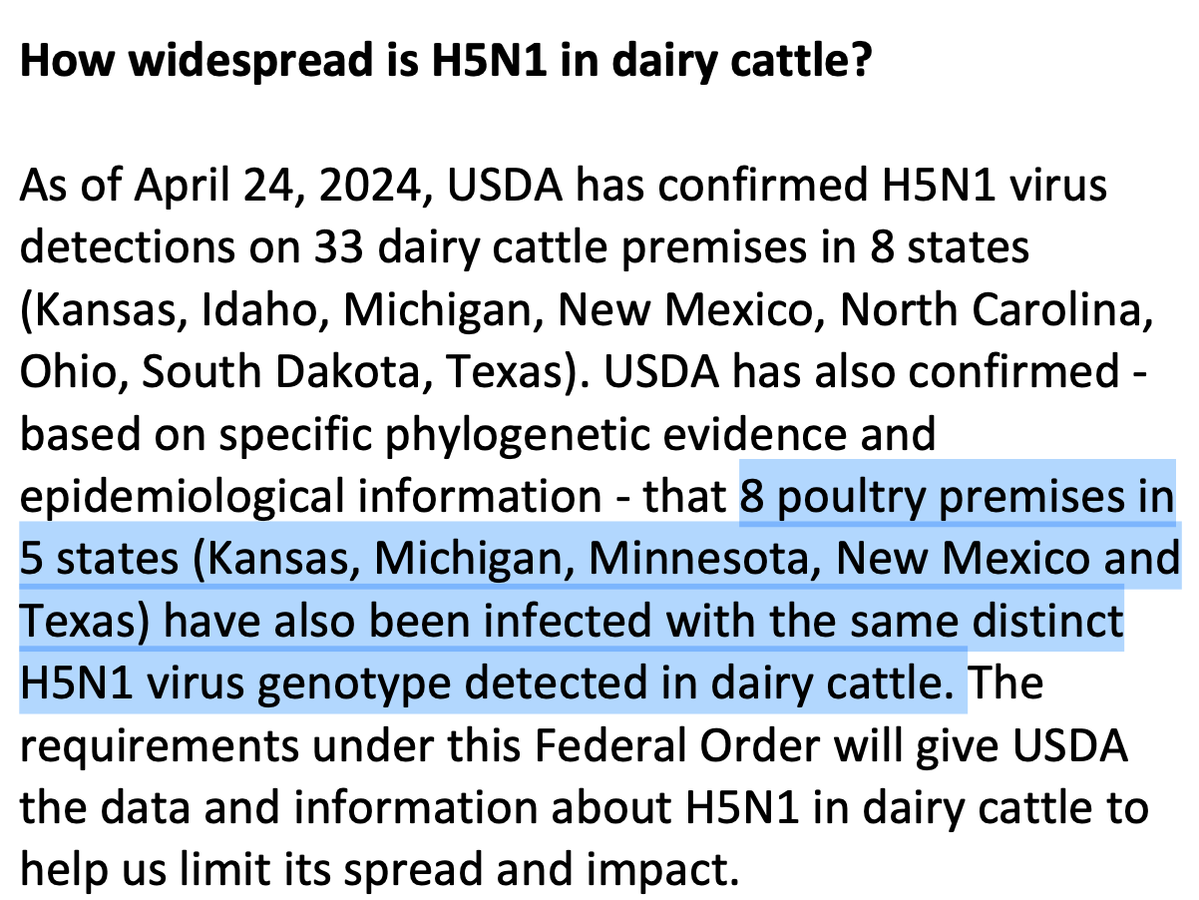1. A #flu 🧵, based on U.S. data for the week ending Jan. 8.
There has been another pediatric death from flu, the third this season. It occurred in the week leading up to Christmas. Pediatric flu deaths are still at very low levels relative to regular flu years, thankfully.
There has been another pediatric death from flu, the third this season. It occurred in the week leading up to Christmas. Pediatric flu deaths are still at very low levels relative to regular flu years, thankfully.

2. #Flu activity is still at low levels & it actually dropped last week. Is that because of data filing delays over the holidays? Because people are avoiding health care because of Covid? Or is Omicron somehow crowding out flu? Need someone smarter than me to answer that Q. 

3. Hospital admissions for flu decreased a little last week. That probably suggests some decline in #flu activity.
Will flu activity pick up again? Most flu seasons don't peak until late January, into February. The size of the Omicron wave, though, could be an influence here.
Will flu activity pick up again? Most flu seasons don't peak until late January, into February. The size of the Omicron wave, though, could be an influence here.

4. #Flu hospitalizations this year are very low, still, compared to pre-pandemic flu seasons. This year's rate so far is above last year's (almost no flu) & the very mild 2015-16 season. But it's far below most recent years. 

5. A reason for that very low #flu hospitalization rate probably lies here. Only 1.3% of long-term care facilities reported having one or more flu cases among residents. In a regular flu season you'd see a lot more flu in LTCFs. 

6. Virtually all the #flu viruses that have been typed in the U.S. so far this season have been H3N2 (a flu A virus). Activity around the country is sporadic, with some places reporting little (green) & others a lot (red). Check out ND, SD & Minn. How does that happen? 

• • •
Missing some Tweet in this thread? You can try to
force a refresh





















